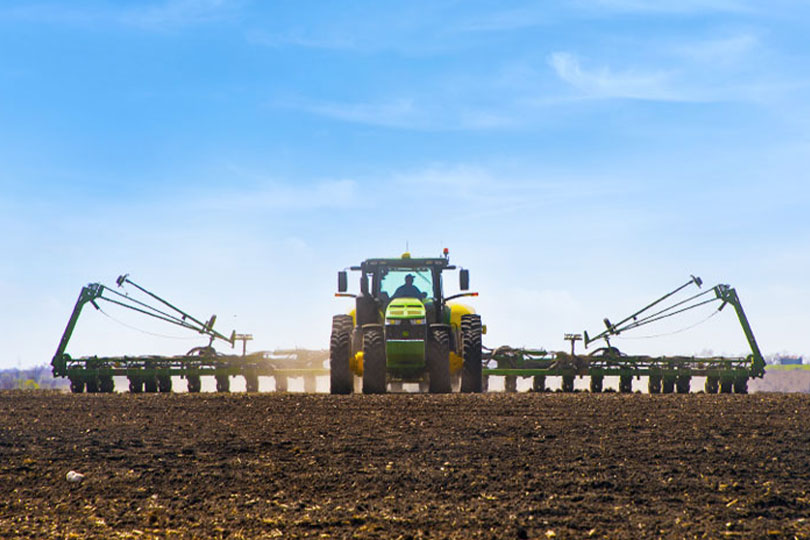By Shelby Shank
Field Editor
National STEM Day is celebrated every year on Nov. 8 to promote and recognize fields of science, technology, engineering and mathematics.
In 2021, there were 34.9 million people working in STEM careers, according to the National Science Foundation.
And the Bureau of Labor Statistics reports STEM occupations are projected to grow 10.8% between 2022 and 2032.
While the focus of STEM education is often on cutting-edge technologies and scientific breakthroughs, it is crucial to understand the inclusion of agriculture in STEM.
“Agriculture is STEM,” said Jordan Bartels, Texas Farm Bureau associate director of Organization Division, Educational Outreach. “Agriculture is science, technology, engineering and mathematics, and there are numerous careers and opportunities to explore these fields within agriculture.”
Science
Science is a key element of agriculture.
Farmers and ranchers apply scientific methods to make decisions regarding their crops and livestock. Through observation, data collection and experimentation, farmers and ranchers continually refine their practices to ensure the well-being of their livestock and to care for the land—all while providing the world with food.
Technology
Farmers and ranchers embrace technology, and STEM plays an integral part in agricultural advancements and innovations.
Farmers use precision agricultural tools like GPS-enabled equipment and drones to map fields, and the development of robotic milkers allows dairy cows to be milked at any time of day they choose. Technology is even used in developing new drought-tolerant varieties of crops.
All of these technological advancements and others have helped make farming and ranching even more sustainable.
Engineering
Farmers and ranchers know how to solve problems.
From fixing fence to working on a tractor engine, their work involves complex problem-solving. They have to adapt to challenges and develop innovative solutions.
Two young ranchers in Texas even built the V1 Ranch Rover, an autonomous cattle feeder with rangeland capabilities.
Mathematics
Math is a core part of agriculture.
Farmers and ranchers use math every day to calculate the precise amount of seeds to plant in a field, the irrigation needed for crops and to mix feed rations.
They also manage budgets, track expenses and analyze market trends to help make management decisions, as well as rely on weather and climate data.
Texas Farm Bureau resources
Texas Farm Bureau (TFB) helps teachers with STEM and agricultural resources to help students explore STEM careers within agriculture.
“We want to help students connect STEM back to agriculture and inspire them to choose careers in agriculture that are also a part of STEM,” Bartels said. “One of the best resources we offer is our Ag in the Classroom Curriculum Matrix. There are over 475 lessons in the matrix for K-12 educators, covering STEM, agriculture and everything in between. Every lesson connects agriculture back to the topic students are learning, and it’s a free resource for educators.”
For more information on Ag in the Classroom resources, visit texasfarmbureau.org/aitc.

